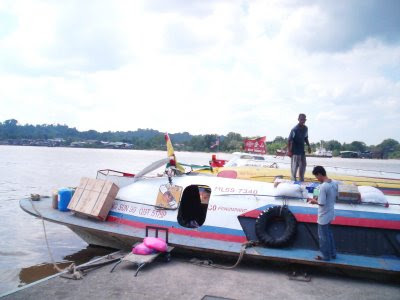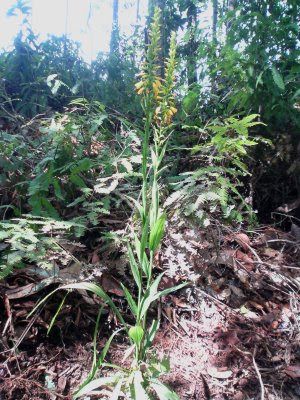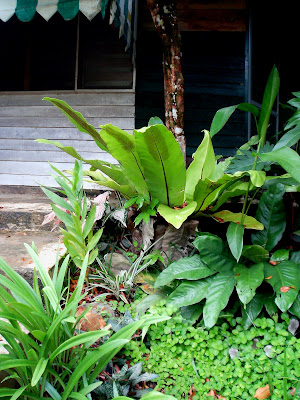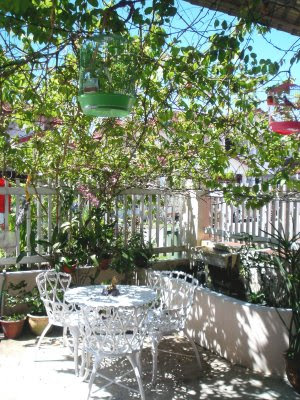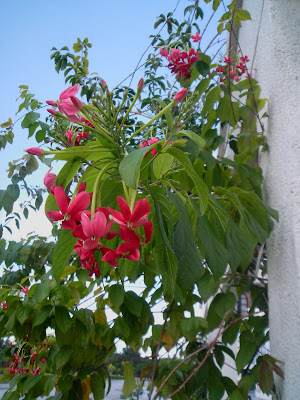On top of these long and highly powered river boats called 'express boats' in Bintulu, goods are stacked after all available space inside are taken up. On this morning's forwarding list are bags of rice, boxes , pvc pipes, food items in various packings and small engines that are done for repairs at Bintulu town . And not forgetting the beautiful washing machine.
This express boat is bound to Sebauh ,a half an hour journey upstream. It will invariably make pit stops along the journey to disembark passengers or goods bound for less than the full journey but all at locations along the Kemena River which snakes its way into the interior of Bintulu. The farthest these boats will go upstream is the town of Tubau, a 4 hours journey.
There are a main means of communication for people who live along the Kemena River for years now. But today their numbers are much reduced due to the fact that more of the river settlements ( comprising of longhouses of the Ibans and kampungs of the Malays) are reachable by road from Bintulu town.
These express boats are berthed at the pontoon reserved for them while waiting their turn to take in passengers and goods. The boat driver's cockpit is right at the front. It is so small that it can only fit in the driver.
A side view of the boat showing its tiny door and a dummy clock on the left of the door indicating departure time . To the right of the door a notice says " 30 penumpang" meaning 30 passengers only.


